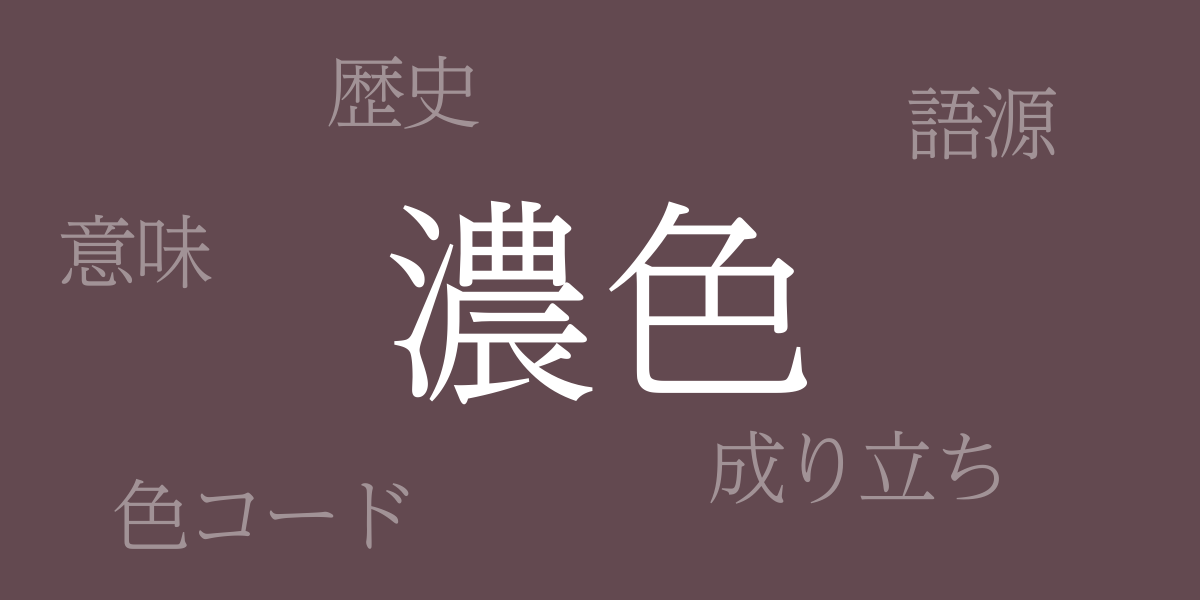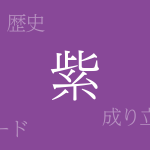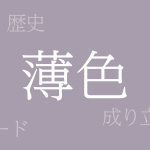Japan’s traditional colors, known for their unique beauty and deep history, continue to captivate people today. Among these, “Deep Color (こきいろ – Koki-iro)” holds a special place in Japanese culture with its depth and serene hues. This article explores the world of Deep Color, delving deeply into its allure.
About Deep Color (こきいろ – Koki-iro)
Deep Color (こきいろ – Koki-iro) literally refers to “dark colors” and is one of Japan’s traditional colors. Generally, it encompasses a range of deep, rich hues inspired by Japan’s natural environment and the changing seasons. These colors are commonly used in traditional crafts such as kimonos and Japanese paintings, symbolizing Japanese aesthetic sensibilities.
The History of Deep Color
Deep Color was favored among the nobility during the Heian period and continued to shape the Japanese sense of color through the samurai society and the Edo period. Particularly prized for kimono hues, it was often chosen for garments suitable for high-status occasions. Moreover, Japan’s profound reverence for nature and the cherished transitions of the seasons have significantly contributed to the development of Deep Color.
Deep Color Codes
In modern design and web production, accurate color codes are necessary to reproduce Deep Color. Below is an example of color codes representing a typical Deep Color:
- HEX: #634950
- RGB: R:99 G:73 B:80
- CMYK: C:66 M:74 Y:61 K:20
The Western Name for Deep Color
There are several Western names for Deep Color, but shades such as “Charcoal Gray” and “Ebony” closely represent its essence. These colors provide a sophisticated impression and are used in international design scenes.
Conclusion on Deep Color
Deep Color, with its long history as a traditional Japanese color, remains undiminished in charm today. Loved across a broad spectrum of fields, from traditional crafts to modern designs, Deep Color reflects a deep understanding and appreciation of Japanese culture. Through this article, we hope you gain a sense of the world of Deep Color.

























